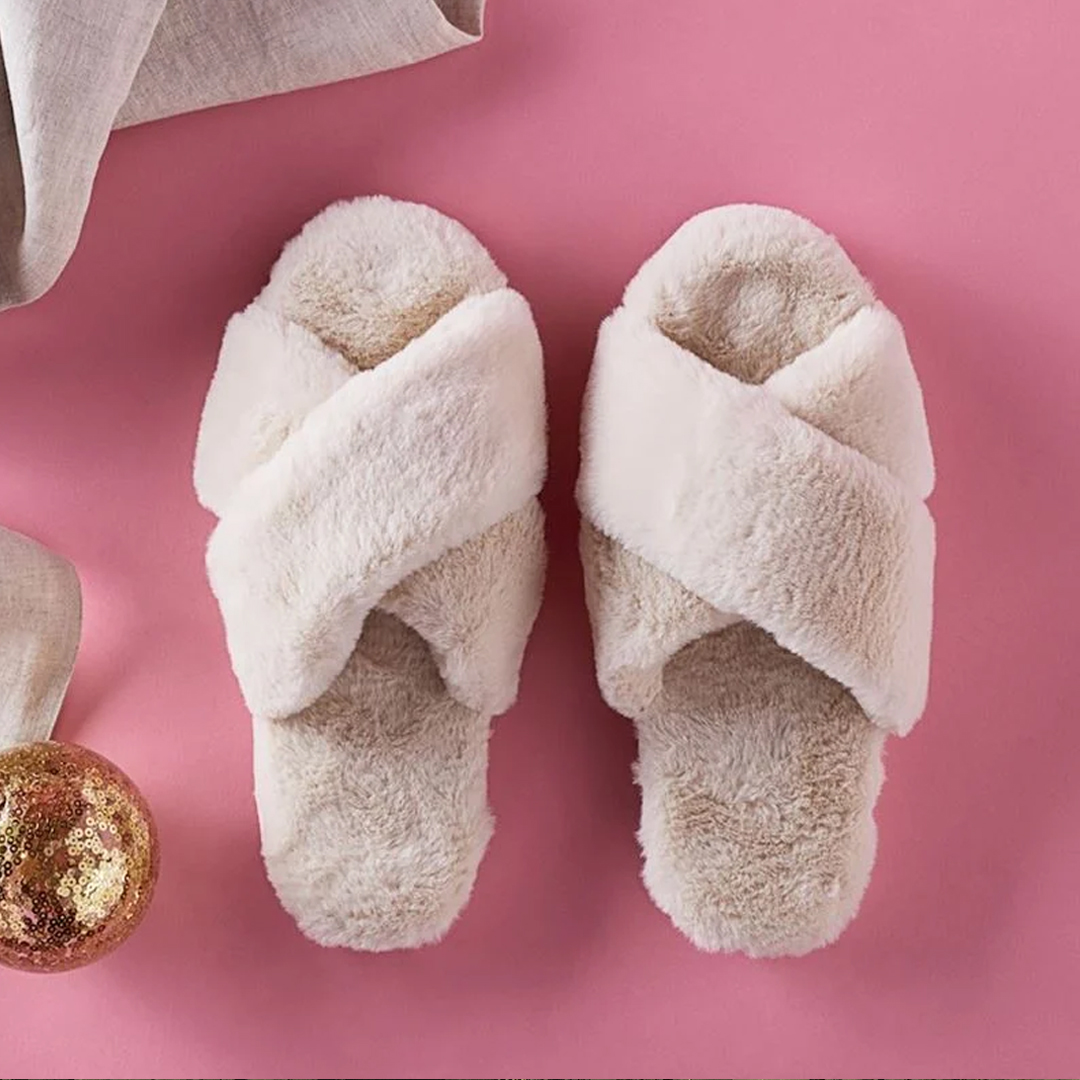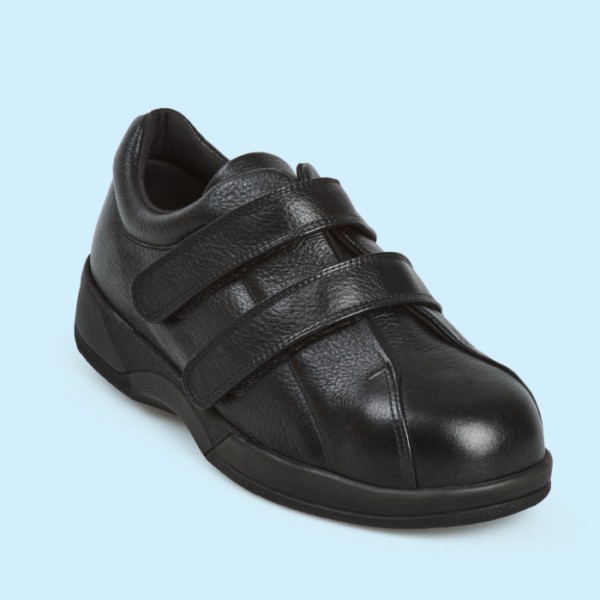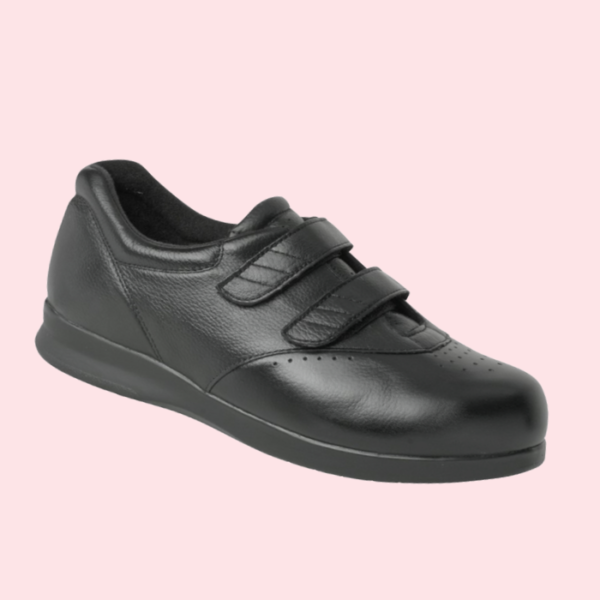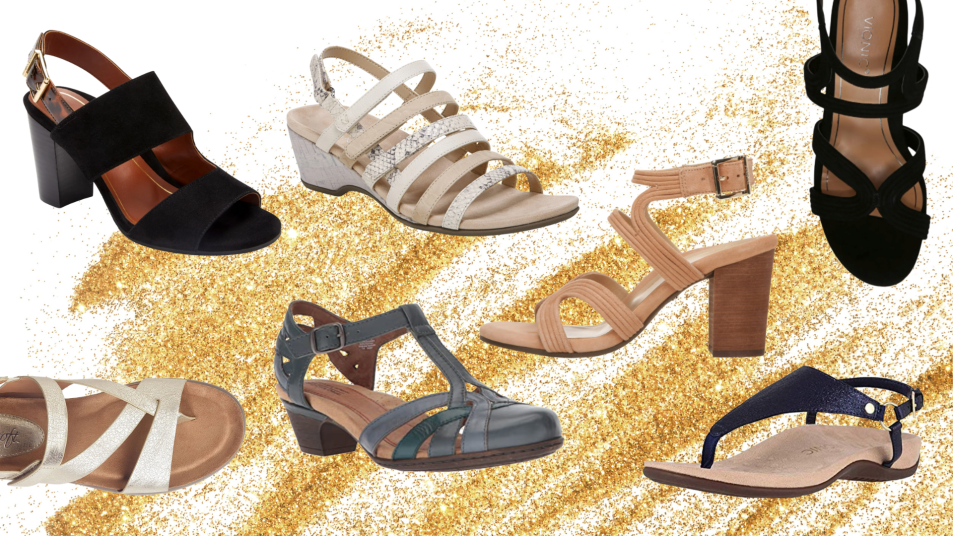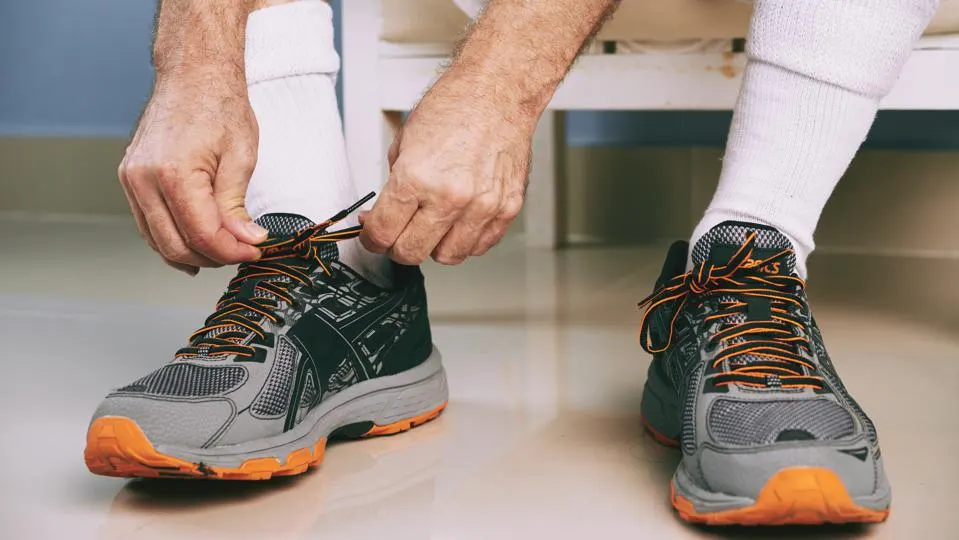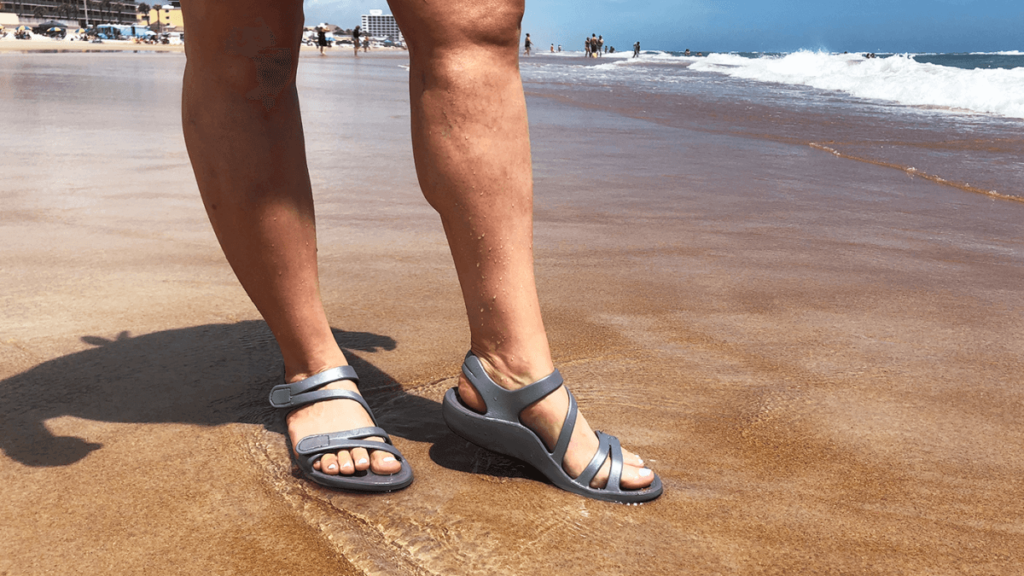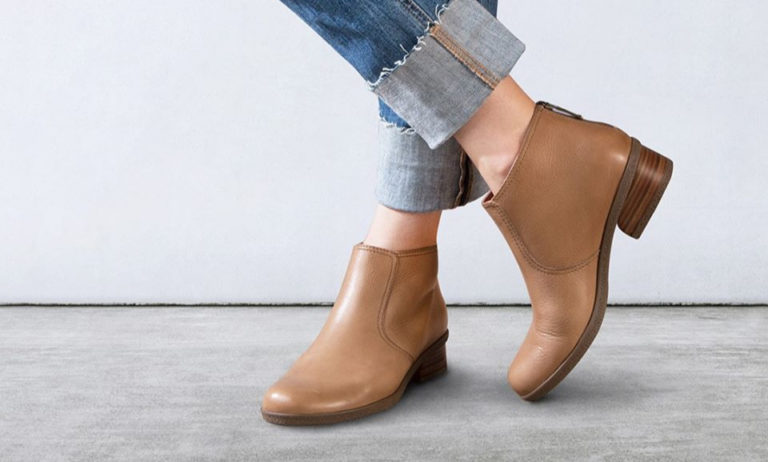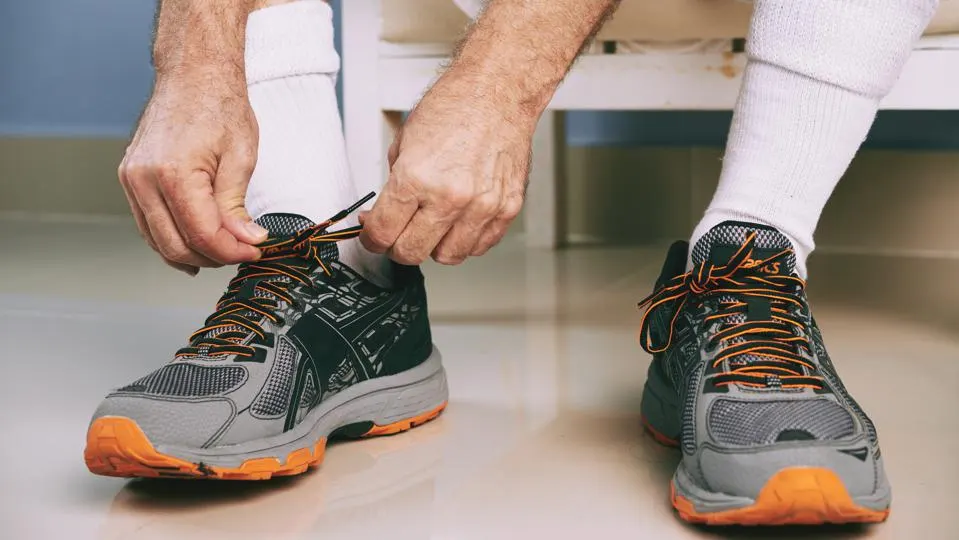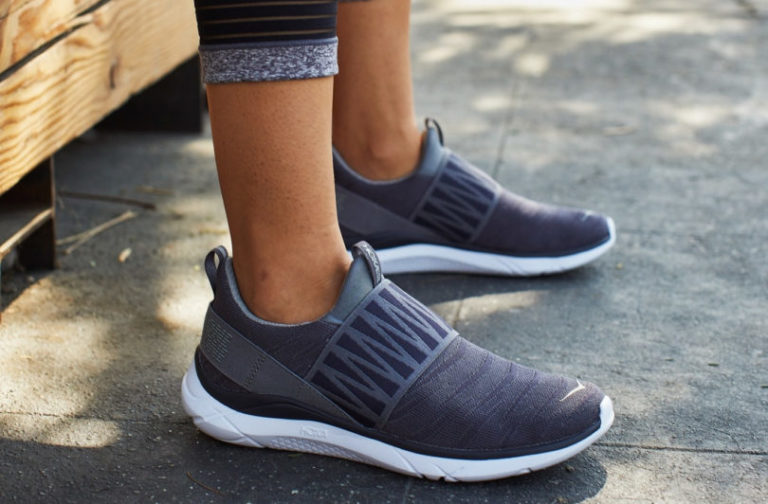When it comes to foot health, wearing appropriate footwear is crucial, especially for individuals with specific medical conditions. Medical shoes are designed to provide support, comfort, and relief for various foot conditions, including bunions, edema, heel spurs, and diabetic foot. In this comprehensive guide, we will delve into the world of medical shoes, covering all aspects from understanding different foot conditions to the features to consider when purchasing the right footwear to meet your specific medical needs.
Bunion Sandals Made from Soft and Flexible Material
Look for bunion sandals made from soft and flexible materials that can accommodate the bunion without causing irritation. Adjustable straps or closures are also beneficial, as they allow for a customized fit that can accommodate the unique shape of your foot.
Additionally, sandals with cushioned insoles and arch support can provide added comfort and stability, helping to alleviate discomfort associated with bunions. By choosing sandals designed with bunion relief in mind, you can enjoy the benefits of stylish and supportive footwear while minimizing discomfort and promoting foot health.
The Benefits of Wearing Bunion Sandals
For those suffering from bunions, wearing the right footwear is crucial. Bunion sandals are specifically designed to provide relief and support to those with hallux valgus, offering numerous benefits.
First and foremost, bunion sandals provide ample room for the toes, allowing them to rest in a natural position without any pressure or discomfort. The enlarged joint at the base of the big toe is accommodated for, ensuring a comfortable fit and reducing pain.
Additionally, bunion sandals offer excellent arch support, which can help prevent the onset of other foot conditions such as plantar fasciitis and flat feet. Proper arch support also improves posture, reducing the likelihood of back pain and other body aches.
Moreover, many bunion sandals feature cushioned soles and soft, breathable materials, enhancing overall comfort. As they’re designed specifically for those with foot conditions, they provide targeted support and alleviate pain where needed.
Another benefit of wearing bunion sandals is their versatility in style. Many brands offer bunion sandals in a variety of designs, from sleek and sophisticated to casual and comfortable. This allows those with bunions to stay fashionable while prioritising their foot health.
Buy Wide Toe Box Bunion Sandal
When shopping for bunion sandals, it’s important to look for those with a wide toe box. This feature ensures that your toes have enough space to spread out and avoid any pressure or friction on the bunion.
Look for sandals that are designed with ample space around the forefoot area, and opt for styles that have adjustable straps. This will allow you to customize the fit to your foot, ensuring that your toes have enough room to move around freely.
It’s also a good idea to choose bunion sandals with cushioned soles. This will provide additional comfort and shock absorption for your feet, helping to reduce any discomfort or pain associated with your bunions.
Don’t be afraid to try on a variety of styles and brands to find the best wide toe box bunion sandals for your unique needs. Some great options include brands like Vionic, Birkenstock, and Teva.
Remember, the key to finding comfortable and fashionable bunion sandals is to prioritize the health and comfort of your feet. With the right shoes, you can enjoy pain-free walking and stylish summer footwear.
Comprehensive Guide to Medical Shoes: Choosing the Right Footwear for Various Foot Conditions and Medical Needs
Medical shoes are an important consideration for those dealing with foot conditions or other medical needs. As the name implies, they are specifically designed to provide comfort, support, and relief for various conditions, such as bunions, edema, heel spurs, and diabetic foot. If you are looking for the right medical shoes for your needs, this comprehensive guide will help you make an informed decision. We’ll cover everything from what to look for in medical shoes to tips for choosing the best footwear for your individual foot condition.
The Importance of Wearing Appropriate Footwear
Your feet are the foundation of your body, and taking care of them is crucial for your overall health and wellbeing. One way to do that is by wearing appropriate footwear, especially if you have specific medical conditions.
Medical shoes are specially designed to provide support, comfort, and relief for various foot conditions, from bunions and edema to heel spurs and diabetic foot. These conditions can cause discomfort, pain, and even lead to further health problems if left untreated.
Wearing inappropriate footwear can exacerbate these foot conditions, making it harder to walk, stand, and move around. Additionally, it can increase the risk of falls and other foot-related injuries, particularly in seniors.
Therefore, it’s essential to invest in appropriate footwear that fits your feet and provides the necessary support and protection for your specific medical needs.
In the next section, we’ll discuss the different types of medical shoes available and how to choose the right ones for your needs.
Types of Medical Shoes
There are several types of medical shoes available to cater to the needs of different foot conditions. These shoes are designed to provide support, stability, and relief from pain and discomfort. Some common types of medical shoes include:
1. Orthopedic Shoes
These shoes are designed to provide support and comfort to the feet, particularly for individuals with conditions like plantar fasciitis, flat feet, or high arches. They are equipped with insoles that help distribute the weight evenly across the foot and alleviate pressure on certain areas.
2. Diabetic Shoes
Individuals with diabetes often suffer from foot problems due to poor circulation, nerve damage, and slow healing. Diabetic shoes are designed to provide a comfortable and protective environment for the feet, reducing the risk of injury or infection. They feature a wider and deeper toe box, extra padding, and a seamless interior to minimize friction and pressure.
3. Bunion Shoes
Bunions are a common foot condition that results in a bony bump at the base of the big toe, causing discomfort and pain. Bunion shoes are designed to accommodate the bony protrusion and prevent further damage. They feature a wider toe box and a stretchable upper to minimize pressure on the affected area.
4. Edema Shoes
Edema is a condition where the feet and ankles swell due to fluid retention. Edema shoes are designed to accommodate the swelling and provide extra support to the feet and ankles. They feature a wider and deeper toe box, adjustable straps, and a stretchable upper to provide a comfortable and snug fit.
5. Heel Spur Shoes
Heel spurs are bony growths that develop on the heel bone, causing pain and discomfort. Heel spur shoes are designed to provide extra cushioning and support to the heel, reducing the impact of each step. They feature a padded insole, a shock-absorbing sole, and a heel cup that helps distribute the weight evenly across the foot.
Choosing the right type of medical shoes depends on your specific foot condition and medical needs. It’s important to consult with a podiatrist or healthcare professional to determine the most suitable shoes for you.
How to Choose the Right Medical Shoes
When it comes to selecting medical shoes, there are several important factors to consider to ensure that you choose the right footwear for your specific foot condition or medical needs.
- Seek Professional Advice: Start by consulting with a medical professional, such as a podiatrist or orthopedist, who can assess your specific foot condition and recommend suitable footwear. They can provide valuable insights into your particular condition and suggest the type of footwear that is best suited for you.
- Look for Comfort and Support: Medical shoes are designed to offer superior support and comfort, helping to reduce pain and inflammation associated with specific foot conditions. Look for shoes that feature features such as soft cushioning, arch support, and ample space in the toe box.
- Consider Fit: Proper fit is critical when it comes to medical shoes. Be sure to measure your feet before purchasing any footwear and choose a size that accommodates the width and length of your feet comfortably. Some medical shoes are also available in half sizes and extra-wide widths.
- Check for Adjustability: Adjustable straps, laces, and other closure systems can provide customized support and improve the fit of your medical shoes. Consider selecting shoes that offer some degree of adjustability to accommodate the shape and size of your feet.
- Look for Special Features: Depending on your medical condition, you may require additional features in your medical shoes, such as shock absorption, slip resistance, or moisture-wicking technology. Take time to research various medical shoes to find a pair that offers all the features you need.
By keeping these essential tips in mind, you can choose medical shoes that are comfortable, supportive, and cater to your unique medical needs. Be sure to invest in quality footwear that will help alleviate pain, promote healing, and keep your feet healthy for years to come.
Conclusion
Choosing the right medical shoes can make a significant difference in managing various foot conditions and promoting overall foot health. By understanding the specific needs of different foot conditions and considering essential features when purchasing medical shoes, individuals can find comfort, support, and relief from pain and discomfort. Remember to consult with a healthcare professional for personalized advice based on your unique medical needs. With the right footwear and proper foot care practices, you can enhance your mobility, reduce complications, and enjoy an improved quality of life.
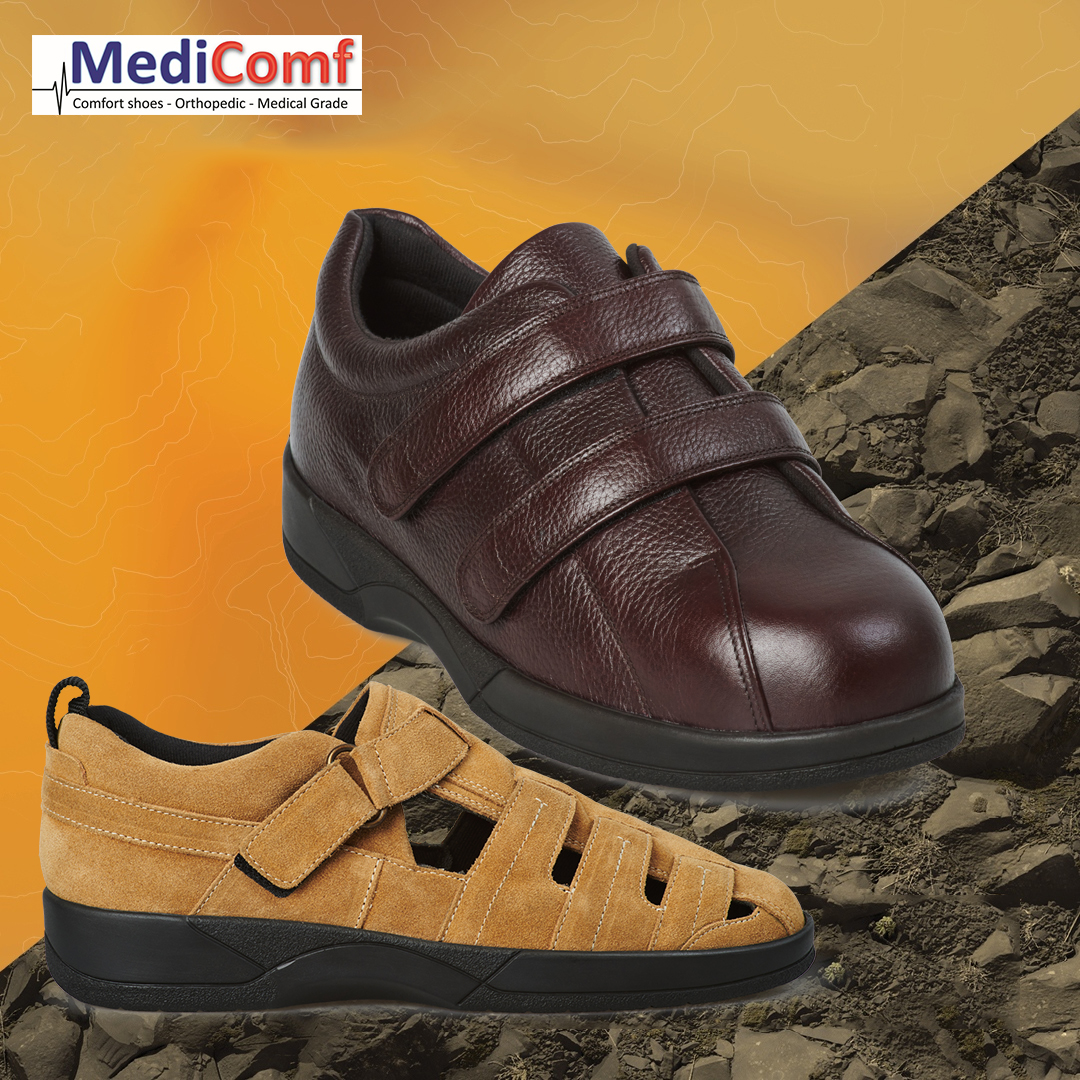
Shoes
